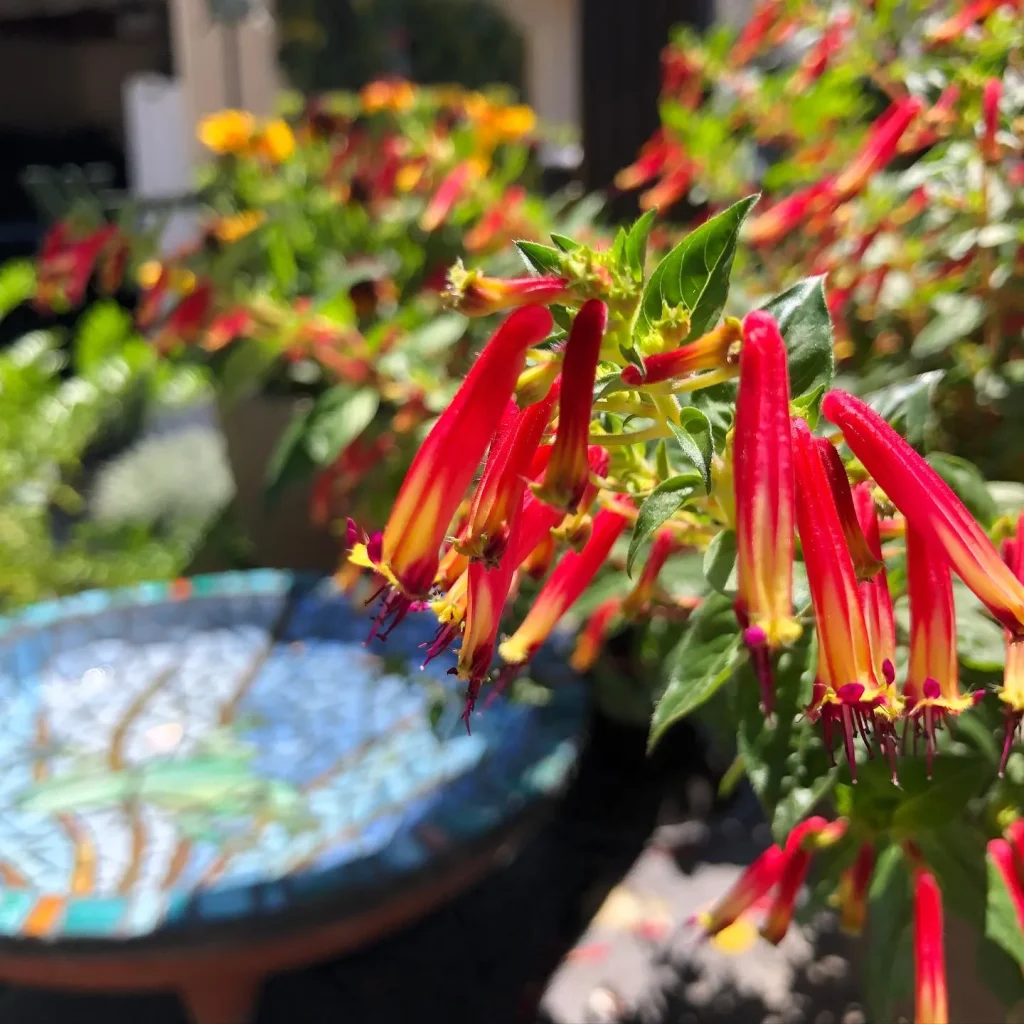
Tillandsia Velutina: The Velvety Jewel of the Air Plant World
Hi there, Ferb Vu here! Today, we’re diving into the fascinating world of Tillandsia Velutina, also known as the Velvety Air Plant. This unique epiphyte (a plant that grows on another plant) has captured the hearts of plant enthusiasts with its soft, velvety leaves and stunning blooms.
Whether you’re a seasoned plant parent or just starting your indoor jungle journey, this FAQ will equip you with everything you need to know about caring for your Tillandsia Velutina.
690 Species in Genus Tillandsia – Air Plants
Where Does Tillandsia Velutina Come From?
Imagine lush, misty cloud forests in Central America. That’s the natural habitat of Tillandsia Velutina, specifically in the regions of Chiapas and Guatemala. These air plants thrive at high altitudes, clinging to branches and rocks, absorbing moisture and nutrients from the air.
What Makes Tillandsia Velutina Different?
The Velvet Touch: The most striking feature of Tillandsia Velutina is its namesake – the velvety texture. Unlike other Tillandsias with smooth, waxy leaves, this variety boasts a dense layer of trichomes (tiny hairs) that gives it a luxuriously soft feel.
Color Changing Magic: This air plant isn’t just about texture; it’s a master of color transformation. Throughout the year, its foliage maintains a soft green hue. But wait, there’s more! As Tillandsia Velutina prepares to bloom, a magical blush of pink or peach washes over its leaves, adding a touch of whimsy to your indoor space.
Showstopping Blooms: The visual spectacle doesn’t stop at the foliage. When it’s bloom time, Tillandsia Velutina produces a vibrant purple flower spike that emerges from the center of the plant. These tubular flowers add a pop of color and a touch of elegance to your air plant display.
Tillandsia Velutina vs. Tillandsia Brachycaulos: Are They Twins?
Tillandsia Velutina is often confused with its close cousin, Tillandsia Brachycaulos. Both share a similar star-shaped form with wide, thick leaves. However, there are key differences:
- Texture: Tillandsia Velutina’s defining characteristic is its soft, velvety feel, while Tillandsia Brachycaulos has smooth, waxy leaves.
- Color: Tillandsia Brachycaulos maintains a green hue, while Tillandsia Velutina transitions to a beautiful pink or peach shade before blooming.
- Flowers: Both air plants produce purple flowers, but Tillandsia Velutina’s flower spike is typically thicker and more vibrant.
Choosing Between Them: Tillandsia Brachycaulos is generally easier to find and slightly more tolerant of drier conditions. Tillandsia Velutina, with its captivating texture and color play, might be the perfect choice for those seeking a unique air plant experience.
How Do I Care for My Tillandsia Velutina?
Here’s the good news: Tillandsia Velutina, like most air plants, is relatively low-maintenance. Here are some key tips to keep your velvety friend thriving:
- Watering: Unlike traditional houseplants, Tillandsia Velutina doesn’t require soil. Instead, it absorbs moisture from the air. Soak your air plant for 15-30 minutes every 1-2 weeks, allowing it to dry completely between soakings.
- Light: Tillandsia Velutina prefers bright, indirect sunlight. Avoid harsh midday sun, which can scorch the leaves.
- Air Circulation: Good air circulation is essential for preventing rot. Consider placing your air plant near an open window or using a gentle fan.
- Fertilizing: While not strictly necessary, a light misting with a diluted air plant fertilizer once every month during the growing season can give your Tillandsia Velutina a boost.
Bonus Tip: Tillandsia Velutina thrives in humid environments. If your home has dry air, consider using a humidifier or grouping your air plants together to create a microclimate with higher humidity.
Showcasing Your Tillandsia Velutina
With its unique looks and easy care, Tillandsia Velutina is a versatile addition to any indoor space. Here are some creative ways to display your air plant:
- Terrariums: Create a miniature rainforest scene by placing your Tillandsia Velutina in a decorative terrarium with other air plants and moss.
- Tillandsia Stands: Utilize unique stands or hangers designed specifically for air plants.
- Mounted Displays: Attach your air plant to a piece of driftwood or a cork board using fishing line or air plant wire for a natural, whimsical look. Tillandsia Velutina’s soft texture also makes it ideal for incorporating into macrame plant hangers or woven baskets. The possibilities are endless, allowing you to showcase your air plant’s beauty and complement your existing décor.
Remember, with proper care and a touch of creativity, your Tillandsia Velutina will become a conversation starter and a cherished part of your indoor jungle for years to come. So, if you’re looking for a low-maintenance plant with a touch of the extraordinary, consider welcoming a Tillandsia Velutina into your home. You won’t be disappointed!
If i die, water my plants!



